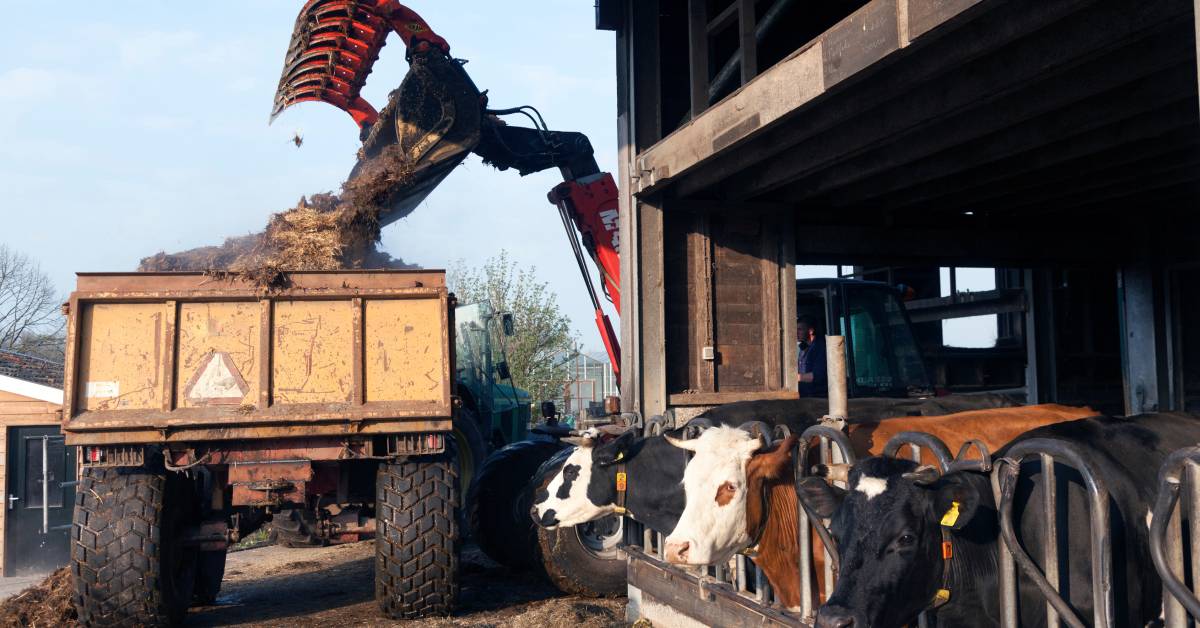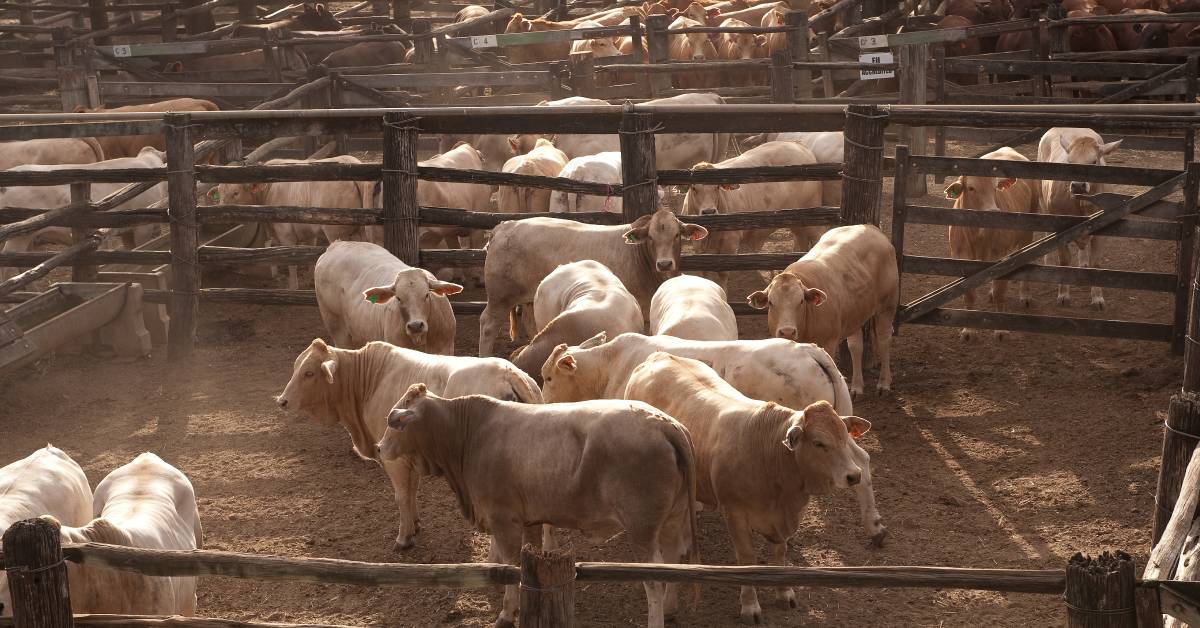Introduction:
In the bustling realm of meat processing plant contamination prevention, a vibrant and dynamic transformation takes place. Raw materials, arriving as unassuming elements, undergo a metamorphosis that results in an array of consumer products, each destined to find its place on dinner tables around the world.
Yet, amidst this intricate symphony of creation, a silent but profoundly potent threat lingers; meat contamination.
The consequences of contaminated meat extend well beyond the confines of these processing plants, casting a long shadow over public health, eroding consumer confidence, and potentially compromising the very foundation of the meat industry itself.
It’s within this context that we embark on a comprehensive journey, a guide crafted to navigate the multifaceted landscape of meat contamination.
With a focus on illuminating strategies that processing plants can seamlessly integrate, our aim is to provide a shield against this peril, ensuring meat quality during processing and the preservation of their esteemed reputation.
Unveiling the Nuances of Meat Contamination
The concept of meat contamination is far from a singular, monolithic entity; rather, it reveals itself in a spectrum of forms, each possessing distinct origins, pathways, and ultimately, repercussions.
Within this intricate tapestry, pathogens such as bacteria, viruses, and parasites can stealthily infiltrate the very fabric of meat during pivotal junctures, be it the critical phases of slaughter, the meticulous intricacies of processing, or the final encapsulation within the packaging.
The spectrum extends further, encompassing the insidious intrusion of foreign substances, be it chemicals or allergens, presenting an unforeseen and potentially hazardous addition to the final product.
Intriguingly, even the very air, surfaces, and machinery within these processing plants can unwittingly serve as conduits for contaminants. Understanding this multi-pronged nature of contamination is not only enlightening but also the foundational step towards constructing a formidable fortress of prevention and protection.
The Impact of Meat Contamination
The implications of meat contamination are not confined within the isolated walls of a processing plant; rather, they reverberate far and wide, extending their reach into the lives and well-being of countless individuals.
Every tainted morsel possesses the potential to set in motion a distressing sequence of events, unfurling into a web of foodborne illnesses. These illnesses, ranging from mild discomfort to severe hospitalizations, and in the gravest cases, even fatalities, serve as a stark reminder of the vulnerabilities that can emerge from a single oversight.
However, the impact extends beyond the realm of physical health. The erosion of consumer trust emerges as a profound consequence, tarnishing the reputation that processing plants have painstakingly built over time.
This erosion can lead to a loss of loyalty, causing consumers to question the safety and integrity of the products they once confidently embraced.
Moreover, the financial toll of meat contamination cannot be understated. As the ripples of contamination spread, the need for recalls becomes apparent, accompanied by the potential onslaught of lawsuits and regulatory penalties. The financial strain, coupled with the taint on reputation, creates a perfect storm that processing plants must ardently strive to prevent.
In this intricate dance between consumer health, trust, and financial stability, the pivotal role of stringent contamination prevention measures for meat becomes undeniable.
The preservation of each of these aspects hinges on the ability of processing plants to implement robust strategies that not only shield their products from contamination but also safeguard their consumers’ well-being and confidence.
Implementing Good Manufacturing Practices (GMPs)
Ensuring food safety, contamination prevention or implementing haccp plan for meat processing hygiene and sanitation in meat processing plants, there emerges a stalwart guiding force known as Good Manufacturing Practices (GMPs).
These principles, often likened to a meticulously crafted code of conduct, act as the bedrock upon which processing plants can establish their operational excellence. Unveiling a tapestry of rigorous hygiene, unwavering sanitation, and meticulously designed operational protocols.
GMPs leave no avenue unexplored in the relentless pursuit of contamination prevention. Their role in preserving not only the integrity of the products but also the reputation of the processing plants cannot be overstated.
EcoDocs enters this landscape as a digital sentinel of the modern age, an innovative food safety software solution that seamlessly aligns with the spirit of GMPs. In a world where technology and industry coalesce with unprecedented harmony, EcoDocs emerges as an embodiment of precision and efficiency.
It orchestrates a symphony of USDA compliance, orchestrating GMP implementation with unparalleled seamlessness. Beyond that, its role transcends mere execution; it transforms into a vigilant overseer, monitoring the adherence to GMPs with unwavering diligence.
As processing plants embrace the tenets of GMPs, they embark on a transformative journey – one that holds the promise of immaculate products, bolstered consumer trust, and an unblemished reputation.
With EcoDocs as their ally, this journey becomes not only more manageable but also fortified with data-driven insights, enabling a proactive approach to contamination prevention that echoes the essence of GMPs themselves.
HACCP Principles for Meat Safety
In the dynamic realm of hazard analysis in meat processing software, the stalwart shield against contamination takes the form of Hazard Analysis and Critical Control Points (HACCP) principles. These principles aren’t mere recommendations; they form a meticulous strategy aimed at proactively identifying and mitigating contamination risks at pivotal stages of the production process.
By diligently scrutinizing each step, HACCP principles establish stringent controls, underpinned by vigilant monitoring and data-driven decision-making, to fortify the line of defense against potential hazards.
This systematic approach, akin to a vigilant sentry, ensures food safety practices in meat processing plants and remains a bastion of safety and quality, where every product reaching consumers’ plates is a testament to the industry’s unwavering commitment to excellence.
Hygiene and Sanitation: Ensuring Meat Quality During Processing
Hygiene and sanitation stand as twin sentinels guarding the sanctity of meat processing. Processing plants must weave a fabric of cleanliness that extends from employees’ meticulous hand washing to the sterilization of equipment.
Adherence to these hygiene and sanitation protocols isn’t a mere suggestion; it’s a categorical imperative. Proper hygiene not only thwarts the ingress of contaminants but also cultivates a culture of uncompromising quality—a culture that resonates through every product that leaves the processing plant’s doors.
Temperature Control and Monitoring
Temperature is an unsung hero in the battle against meat contamination. Proper temperature control, both during storage and processing, can spell the difference between meat that’s safe for consumption and a potential health hazard.
Bacteria multiply at an alarming rate in the danger zone between 40°F and 140°F (4.4°C and 60°C). The solution? Diligent monitoring and strict adherence to temperature control protocols. Real-time temperature tracking, complemented by immediate alerts from EcoDocs, ensures that the temperature threat is nipped in the bud.
Preventing Cross-Contamination
The processing plant is a labyrinthine landscape, with various meat products weaving through its corridors. But with diversity comes the lurking risk of cross-contamination—a scenario where contaminants hitch a ride from one product to another.
Preventing cross-contamination necessitates a rigorous separation of processing areas, equipment, and even personnel. EcoDocs adds an extra layer of vigilance, helping processing plants identify potential cross-contamination hazards and devise preemptive strategies.
Supplier Control and Inspection
The foundation of contamination prevention begins with the origin of raw materials. Effective supplier control and inspection mechanisms are akin to sentinels stationed at the processing plant’s gates. Thoroughly vetting suppliers, coupled with regular inspections, ensures that the ingredients entering the production line align with stringent safety and quality criteria.
EcoDocs amplifies this supplier oversight, offering a centralized hub for supplier data and audit management. Through EcoDocs, processing plants stand fortified against contamination risks from the very outset.
Employee Training and Education
In the pantheon of contamination prevention and preventing meat-borne illnesses, employees are front-line warriors. Well-trained and educated employees wield knowledge as a shield, repelling potential contaminants at every juncture.
A comprehensive training regimen transforms employees into stewards of safety, infusing a deep understanding of contamination risks and the measures to counter them.
EcoDocs serves as the conduit for this knowledge, housing training materials and facilitating assessments to ensure that employees are equipped with the armor of awareness.
Auditing and Continuous Improvement
The battle against contamination isn’t static; it’s an ongoing quest for enhancement. Regular audits are the mechanism through which processing plants assess the effectiveness of their contamination prevention measures and effectively practice meat safety protocols in processing plants.
But these audits aren’t confined to compliance; they delve deeper, probing the efficacy of protocols and identifying areas for improvement.
EcoDocs emerges as a strategic partner, offering farm data management and reporting that translate into actionable insights. These insights catalyze a culture of continuous improvement, guiding processing plants toward the best practices for meat contamination prevention.
Conclusion:
In the symphony of meat processing, the note of contamination must be silenced. It’s a symphony where every instrument, the technology, and the unwavering commitment to follow meat safety protocols in processing plants, harmonizes to ensure that the final note is one of unadulterated safety and quality.
EcoDocs, the maestro of contamination prevention, conducts this symphony, orchestrating a cacophony of measures that resonate with diligence and dedication.
FAQs:
What are the main sources of meat contamination in processing plants?
Meat contamination can stem from various sources, including pathogens like bacteria and viruses, foreign substances such as chemicals, and cross-contamination between different meat products which makes pathogen control in meat production crucial.
How does meat contamination affect consumer health and safety?
Contaminated meat can lead to foodborne illnesses, causing symptoms like gastrointestinal distress, fever, and even severe complications. It poses a direct threat to consumer health and well-being.
What are Good Manufacturing Practices (GMPs) and how do they prevent contamination?
Good Manufacturing Practices (GMPs) are a set of guidelines that outline best practices for hygiene, sanitation, and operational integrity in processing plants.
They play a pivotal role in preventing meat borne illnesses and contamination by setting high standards for production processes.
How can HACCP principles be applied to ensure meat safety in processing plants?
Hazard Analysis and Critical Control Points (HACCP) principles provide a systematic approach to identifying, assessing, and controlling hazards that can lead to meat contamination.
By establishing critical control points and monitoring them rigorously, processing plants ensure meat safety.
What role does EcoDocs play in preventing meat contamination, and how does it streamline compliance efforts?
EcoDocs serves as a comprehensive solution that supports processing plants in their contamination prevention efforts. It centralizes protocols, aids in monitoring adherence, and provides real-time alerts.
EcoDocs’ data-driven insights empower processing plants to make informed decisions, facilitating a proactive approach to contamination prevention.








